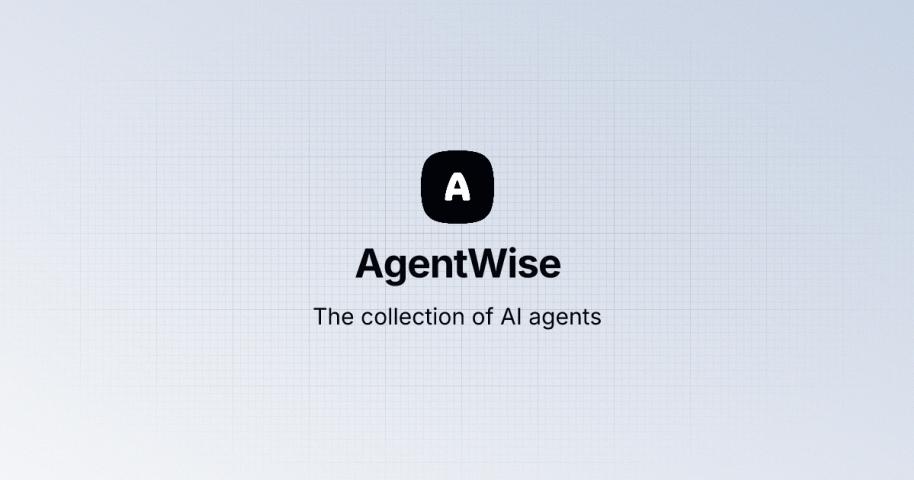Creating a crypto token might seem like a complex task, but with a structured approach, it’s entirely manageable. Whether you’re an entrepreneur with a new idea or someone exploring the world of blockchain, developing your own token can be a valuable experience. This guide will take you through each step of the process, from defining your token’s purpose to its deployment and maintenance. With clear instructions and practical advice, you’ll be ready to bring your crypto token to life.
Why Develop a Crypto Token?
Developing a crypto token can offer numerous benefits. Tokens can represent assets, access rights, or even serve as a medium of exchange within a decentralized system. Whether you’re aiming to launch a new project or enhance an existing one, a well-designed token can provide utility and value. Understanding the key steps in crypto token development will help you create a functional and successful token that meets your goals.
Important Steps to Develop Your First Crypto Token
Step 1: Define Your Token’s Purpose
Before diving into development, you need to understand why your token exists. Is it for a new project? A loyalty program? Or maybe a new decentralized application (dApp)? Your token’s purpose will shape its design and functionality. Clear objectives will help you make informed decisions throughout the development process.
Step 2: Choose the Right Blockchain Platform
Selecting the blockchain platform is crucial. Most tokens are built on platforms like Ethereum, Binance Smart Chain, or Solana. Ethereum is popular due to its extensive support for smart contracts. Binance Smart Chain offers low transaction fees and high-speed transactions. Solana is known for its scalability. Choose a platform based on your project’s needs and your familiarity with the technology.
Step 3: Decide on Token Standards
Different standards come with different features. The most common are:
- ERC-20: Used for fungible tokens. These are interchangeable with each other.
- ERC-721: For non-fungible tokens (NFTs). Each token is unique.
- ERC-1155: Combines features of ERC-20 and ERC-721. It supports both fungible and non-fungible tokens.
Choosing the right standard depends on your token’s function and purpose.
Step 4: Create a Smart Contract
Smart contracts are the backbone of crypto token functionality. They are self-executing contracts with the terms of the agreement directly written into code. A smart contract defines how your token will behave. If you're not familiar with coding, consider hiring a crypto token development company to help you craft and deploy your smart contract.
Step 5: Code Your Token
Once your smart contract is ready, it’s time to code your token. If you're using Ethereum, you'll likely use Solidity for coding. For Binance Smart Chain, you might use Solidity or Vyper. Coding includes defining the token’s name, symbol, total supply, and other parameters. Make sure to follow best practices to avoid vulnerabilities.
Step 6: Test Your Token
Before going live, thorough testing is essential. Use test networks like Ropsten or Rinkeby for Ethereum. These networks mimic the main network but use test currencies. Testing ensures that your token functions as expected and helps identify any bugs or issues. If testing seems overwhelming, a crypto token development company can assist with this step.
Step 7: Audit Your Smart Contract
Security is paramount. An audit by a professional service can reveal vulnerabilities that you might have missed. An audit checks for coding errors and potential exploits. A well-audited smart contract increases trust and security for your token holders.
Step 8: Deploy Your Token
Once your token is tested and audited, it’s time for deployment. Deploy your smart contract to the blockchain network. This process involves sending the contract’s code to the network. Once deployed, your token will be live and accessible to users. Ensure that you have enough funds to cover deployment costs, as fees can vary depending on the blockchain.
Step 9: Promote and Distribute Your Token
With your token live, the next step is promotion. Use social media, press releases, and community outreach to get the word out. Explain your token’s value and how it fits into your project. Effective promotion will help you build a user base and drive adoption.
Step 10: Monitor and Maintain
Token development doesn’t end with deployment. Continuous monitoring is necessary to ensure your token operates smoothly. Track transactions, manage any issues that arise, and make updates as needed. Stay engaged with your community and gather feedback to improve your token and its ecosystem.
Conclusion
Developing a crypto token involves several steps, each requiring careful consideration. Start with a clear purpose and choose the right blockchain platform and token standard. Create and test your smart contract thoroughly. Security should be a priority, so consider an audit. After deployment, focus on promotion and ongoing maintenance.
By following these steps, you'll be well on your way to creating a successful crypto token. If at any point the process feels overwhelming, a crypto token development company can offer valuable expertise and support. Whether you’re building a token for a new project or enhancing an existing one, understanding these fundamentals is crucial for success.

















